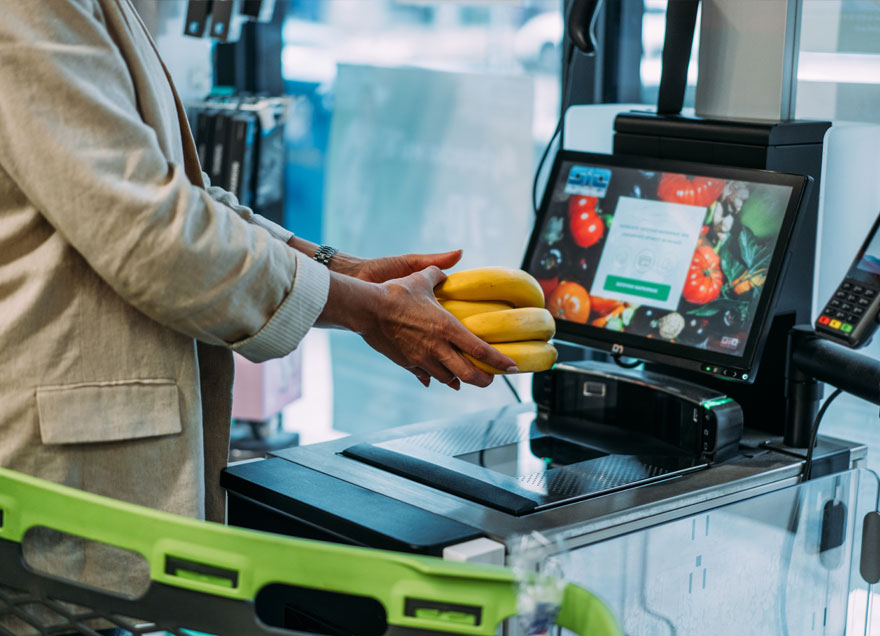
Fruits and vegetables are essential to any supermarket, but they’re also highly perishable, challenging to track, and can be a source of significant loss due to shrinkage. And perhaps worst of all — they can make for a really tough checkout experience for customers.
Seriously, how is someone supposed to know the code for cucumbers if the sticker falls off?
Fortunately, advances in produce recognition technology are offering solutions to help supermarkets tee up a better checkout experience, not to mention manage their produce sections, reduce shrink, maintain inventory, and more.
Produce recognition technology uses computer vision and artificial intelligence (AI) to automatically identify different types of fruits and vegetables.
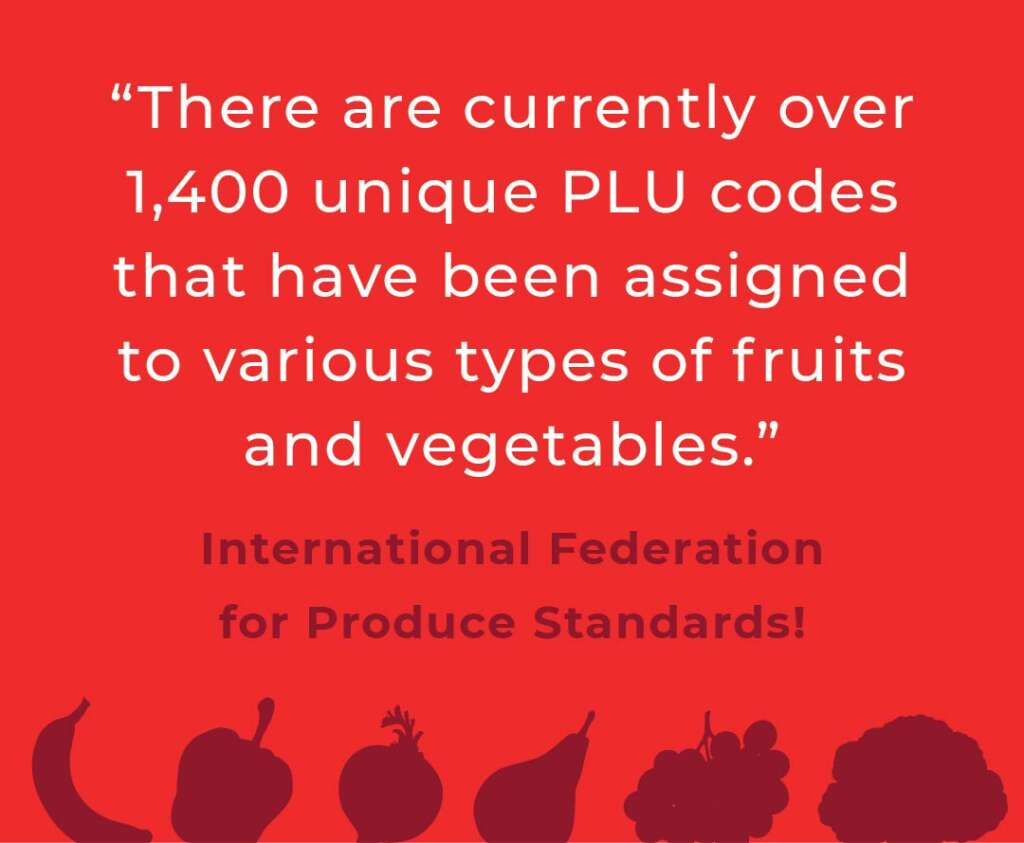
Get all the latest insights and updates in retail technology.
This technology, often integrated with existing point-of-sale (POS) systems or inventory management software, can recognize produce items without the need for manual input or barcode scanning — saving a shopper valuable time and potentially saving your story money.
Using cameras and AI algorithms, produce recognition technology can distinguish between various types of produce based on appearance — even differentiating between similar items like red apples and green apples or different types of peppers.
At STCR, we recommend Toshiba’s ELERA® Produce Recognition to all of our clients. The state of the art tech, made possible through advanced TCx® EDGEcam technology, truly makes the checkout process faster and friendlier, by also increasing scanning accuracy and reducing the need for manual input or assistance from a store associate.
Retailers can expect improvements in loss prevention and staff utilization, reductions in shrink, and more accurate inventory visibility.
Automate the produce recognition and code entry process and your customers will look to use your self checkout lanes more often.
HOW IT WORKS: For tech-savvy customers, the faster checkout time and reduced friction in self-checkout lanes can lead to a more positive shopping experience and encourage repeat business.
ROI Justification: Repeat business = boost in revenue.
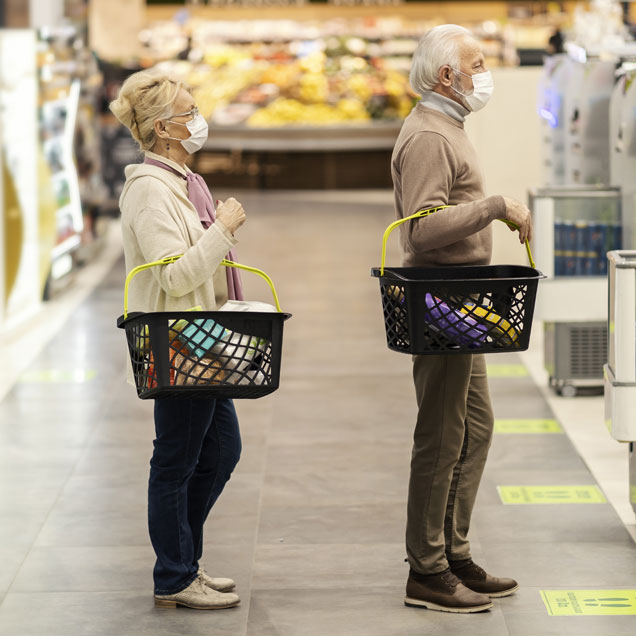
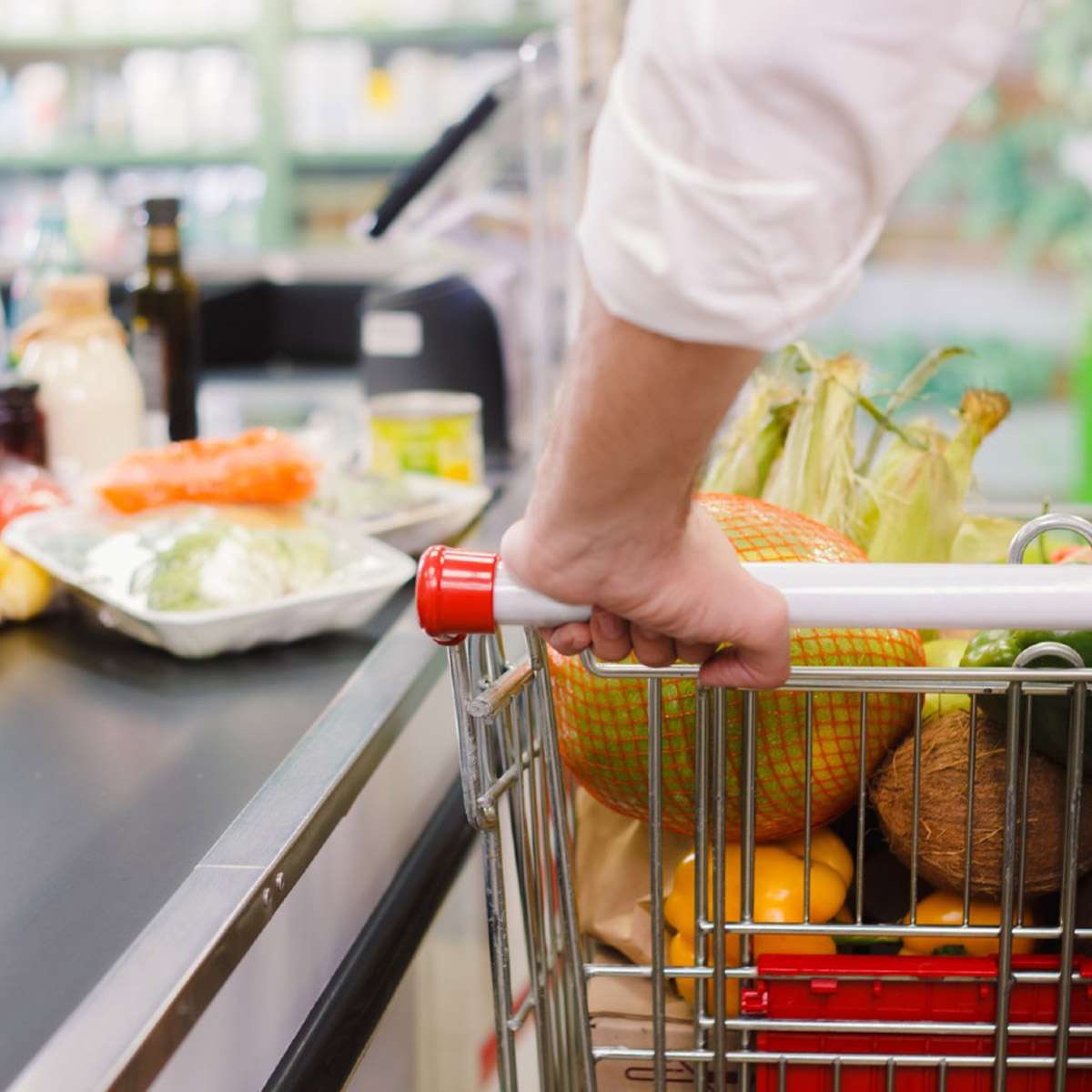
Shorten checkout time by removing manual lookup from the transaction, or the need for assistance.
HOW IT WORKS: Instead of having cashiers or customers manually search for produce codes, the system instantly identifies the item and applies the correct price. This makes the checkout process quicker and reduces waiting times.
ROI Justification: A quick checkout process = repeat business.
Save $ by reducing shrink through accurate weight and pricing. Accurate inventory management is crucial for fresh produce, given its short shelf life and high spoilage rates.
HOW IT WORKS: As items are scanned and sold, the system updates the inventory count, helping managers keep track of what’s in stock and what needs to be replenished. Accurate inventory counts mean less spoilage from overstocking and a better chance of meeting demand without frequent out of stocks.
ROI Justification: Accurate inventory + reduced waste = enhance profitability.
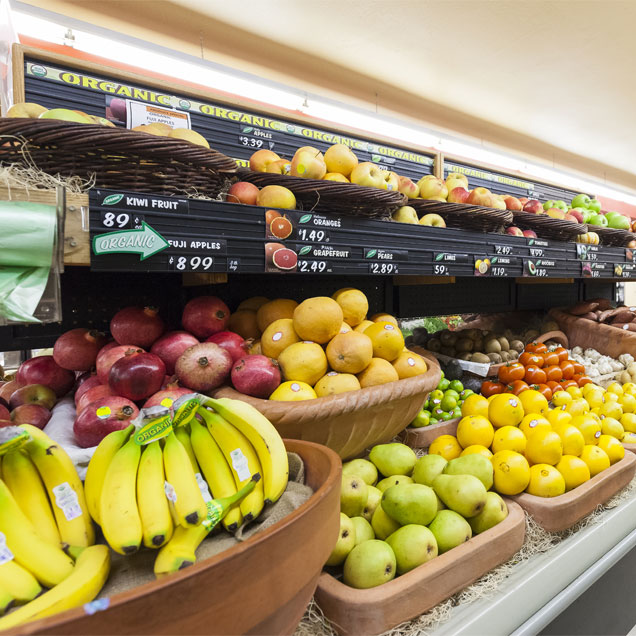
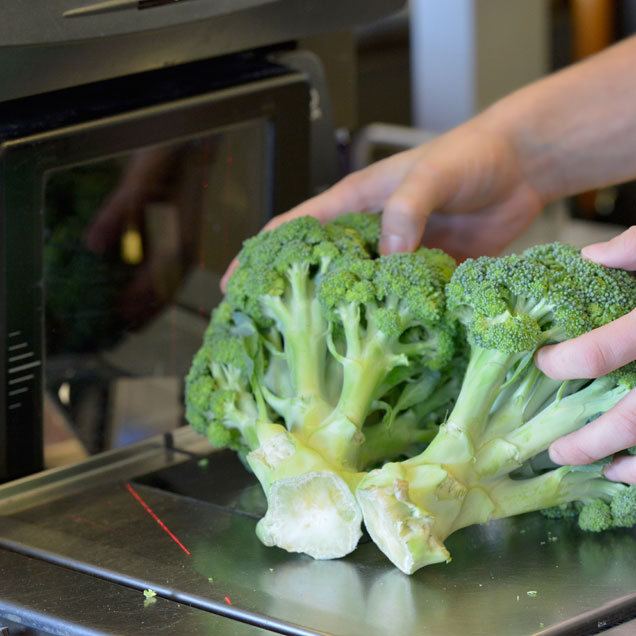
Produce recognition technology can link with inventory management systems to automatically track what’s being sold in real-time, providing a clearer picture of stock levels.
HOW IT WORKS: By tracking which items are sold most frequently, managers can gain insights into customer preferences and adjust their ordering and stocking strategies accordingly. For example, if the data shows that organic produce is consistently popular, a store may decide to expand its organic offerings or promote them more heavily. Conversely, if the data shows that a certain fruit is nearing its expiration, stores could apply a temporary discount to encourage quicker sales and reduce waste
ROI Justification: Better data = better decision making = increased sales.
But the best part of produce recognition technology — it’s constantly learning.
Produce recognition technology relies on continuous learning to improve accuracy, especially with seasonal and regional produce varieties. Some systems require regular updates to maintain optimal performance, ensuring that they can correctly identify both common and niche items in different regions.
As retail technology continues to advance, these solutions are becoming increasingly accessible to stores of all sizes.
A true game-changer for grocery stores.